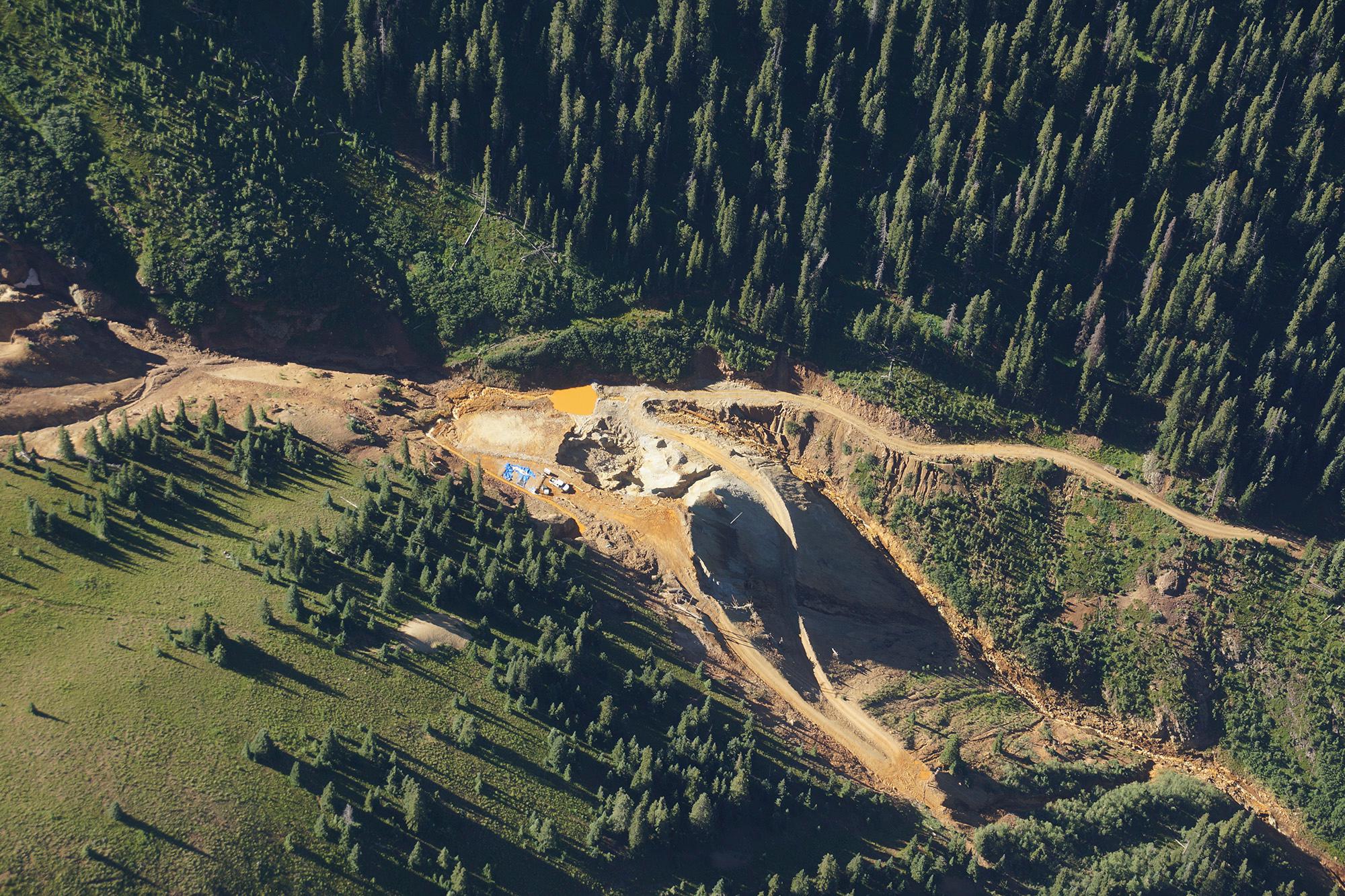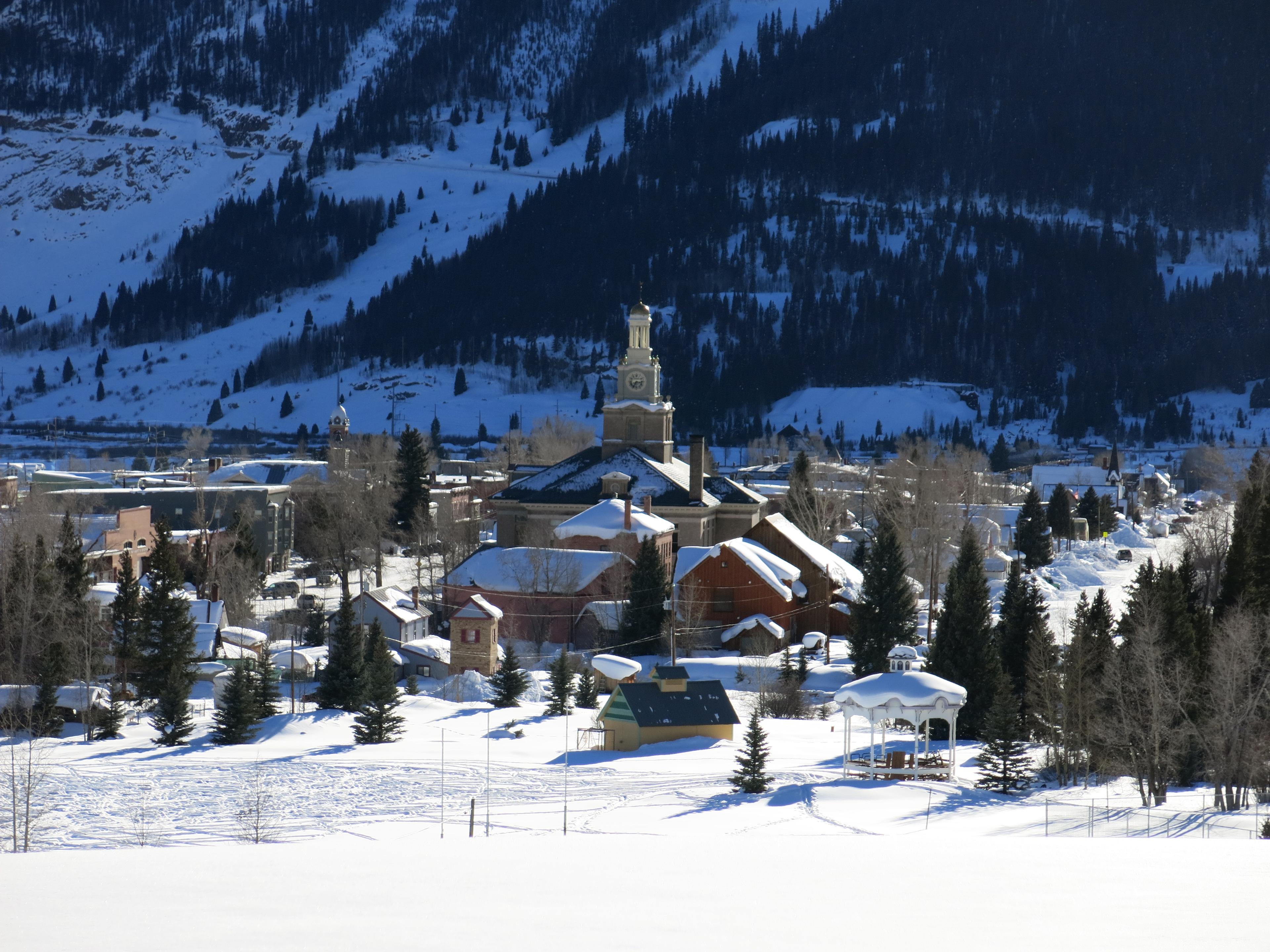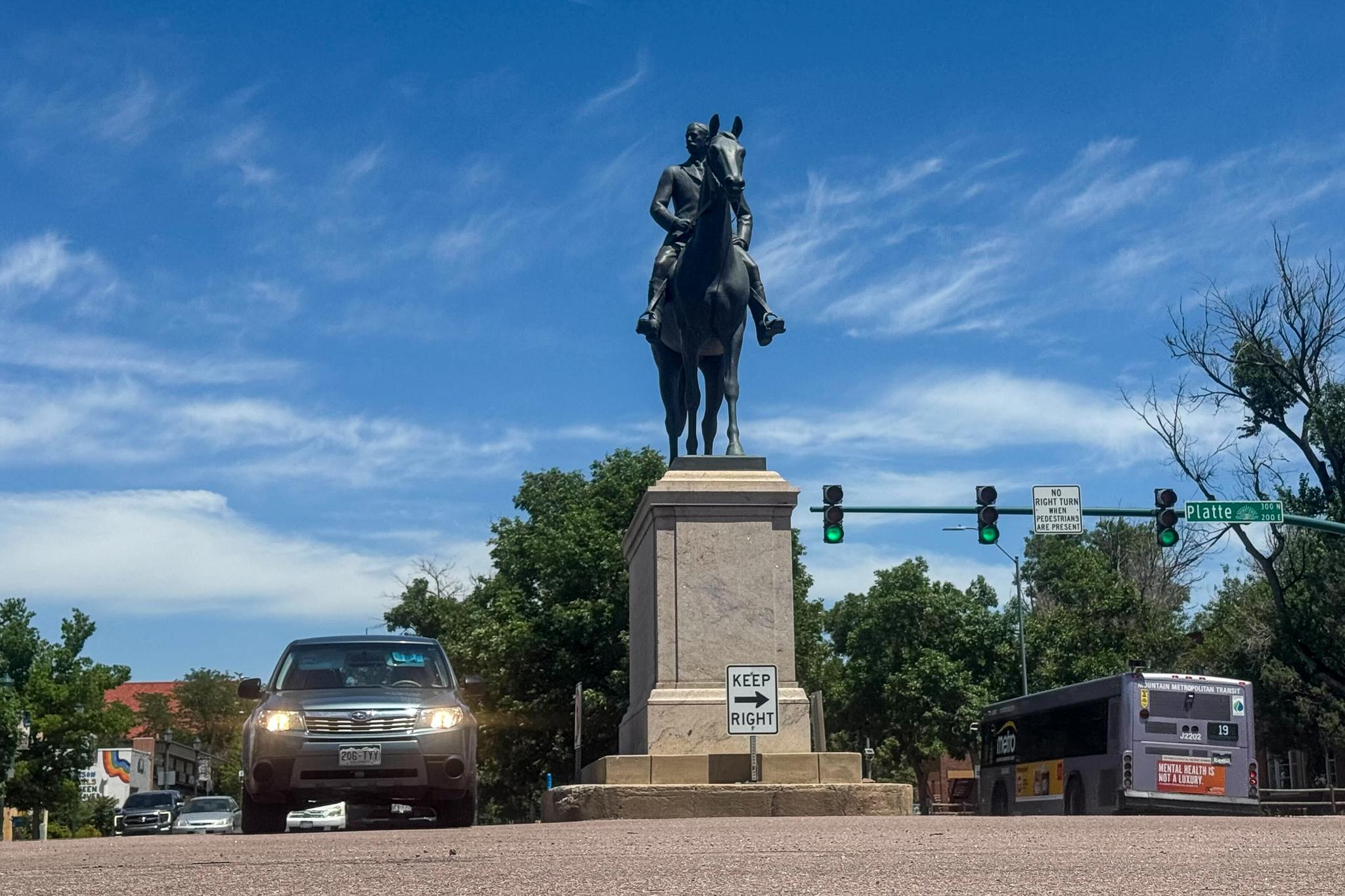

“I think history has been made. This is one of the most important decisions ever made by county commissioner or town council,” said San Juan County Commissioner Scott Fetchenhier.

The town has resisted Superfund status for many years, but the Gold King blowout changed peoples' minds. The EPA-triggered spill last August released millions of gallons of orange wastewater that flowed into the Animas River. Downstream communities like Durango were affected by the spill, as well as others in New Mexico and Utah.
"There were two big concerns about Superfund that this community had," Silverton Standard editor Mike Esper told CPR News January. "One: It would kind of foreclose on the future of returning to mining. And the other one, the big one: The bad publicity. We are totally reliant on tourism at this point. ... But, the Aug. 5 blowout ... kind of blew that argument out of the water. That game is over. We had the bad publicity by not having Superfund, and by not addressing the problem that's only going to make the publicity worse."
The spill also brought new and wider attention to southwestern Colorado’s inactive mines beyond the Gold King, some of which leach water laced with heavy metals like zinc and iron.
Fetchenhier worked closely with the EPA before the vote to secure certain assurances in writing. Those included making sure that town and county leaders have a seat at the table during the long remediation process. That’s where EPA officials decide which mines need work, and what that work will be.
The Superfund site could be finalized as soon as this fall. But it will take years of research before actual clean up can begin.









